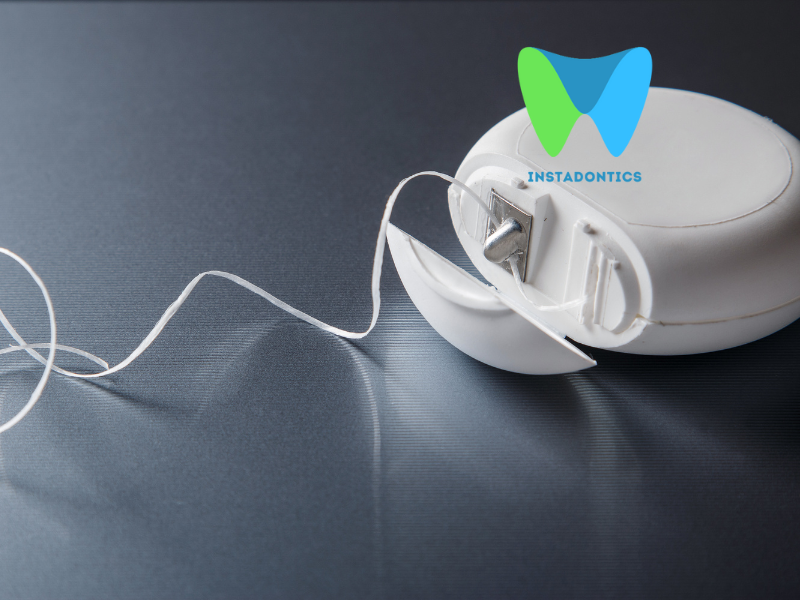Maintaining good oral hygiene is essential for overall health, and one of the most critical tools in your dental care arsenal is your toothbrush. However, many people overlook the importance of replacing their toothbrush regularly. In this blog, we’ll explore how often you should replace your toothbrush, the reasons behind it, and tips for ensuring your oral health stays on track.
Recommended Replacement Frequency
Most dental professionals recommend replacing your toothbrush every 3 to 4 months. This timeframe is supported by the American Dental Association (ADA) and other oral health organizations. However, there are several factors that can influence how often you should change your toothbrush.
Signs It’s Time to Replace Your Toothbrush
- Worn Bristles: One of the easiest ways to tell if it’s time for a new toothbrush is to check the bristles. If they are frayed, bent, or worn down, your toothbrush is no longer effective at cleaning your teeth. Worn bristles can’t reach into the crevices of your teeth and gums, leading to plaque buildup and potential cavities.
- After Illness: If you’ve been sick, especially with a cold, flu, or any oral infection, it’s a good idea to replace your toothbrush. Germs can linger on the bristles, and using the same toothbrush can increase the risk of re-infection.
- Every Season Change: A simple way to remember when to replace your toothbrush is to do it with the changing seasons. By replacing your toothbrush every three months, you ensure that you have a fresh brush throughout the year.
- Visible Damage: If your toothbrush has visible signs of damage, such as a broken handle or loose bristles, it’s time for a replacement. A damaged toothbrush may not clean effectively and could even injure your gums.
- Change in Personal Circumstances: If you experience changes in your dental health, such as getting braces or other dental work, you may need to switch to a different type of toothbrush or replace it more frequently.
Why Regular Replacement is Important
- Effective Cleaning: Over time, toothbrush bristles become less effective at removing plaque and debris from your teeth. Regularly replacing your toothbrush ensures that you’re using a tool that effectively cleans your teeth and gums.
- Preventing Bacteria Buildup: Toothbrushes can harbor bacteria, especially if they are not stored properly. Replacing your toothbrush regularly minimizes the risk of bacterial growth that can contribute to oral infections.
- Maintaining Gum Health: A worn or damaged toothbrush can harm your gums, leading to irritation or recession. A fresh toothbrush with intact bristles will help maintain healthy gums and prevent periodontal disease.
- Promoting Good Habits: Regularly replacing your toothbrush can help instill good oral hygiene habits in children and adults alike. It serves as a reminder to prioritize dental care and hygiene.
Tips for Proper Toothbrush Care
- Rinse Thoroughly: After brushing, rinse your toothbrush under running water to remove toothpaste and debris. This helps keep the bristles clean.
- Store Properly: Store your toothbrush in an upright position and allow it to air dry. Avoid covering it or putting it in a closed container, as this can promote bacterial growth.
- Avoid Sharing: Never share your toothbrush with others, as this can transfer bacteria and germs.
- Consider Your Toothbrush Type: Electric toothbrush heads should also be replaced every 3 to 4 months, or sooner if the bristles become worn.
Related | How Long Should You Brush Your Teeth with an Electric Toothbrush?
FAQ: How Often Should You Replace Your Toothbrush?
Replacing your toothbrush regularly is essential for maintaining good oral hygiene. Here’s a quick guide to help you know when it’s time for a new one:
1. General Recommendation
- How Often: Every 3 to 4 months.
- Why: Bristles wear out over time and become less effective at cleaning your teeth and gums. Frayed or flattened bristles can also harbor bacteria.
2. After Illness
- When: Immediately after recovering from a cold, flu, or any contagious illness.
- Why: Germs can linger on the bristles, increasing the risk of reinfection.
3. When Bristles Are Worn Out
- When: As soon as the bristles appear frayed, bent, or flattened.
- Why: Worn-out bristles are less effective at removing plaque and debris, compromising your oral health.
4. For Electric Toothbrush Users
- How Often: Replace the brush head every 3 months or as recommended by the manufacturer.
- Why: Electric toothbrush heads wear out just like manual ones and need regular replacement for optimal performance.
5. For Kids
- How Often: Every 2 to 3 months, or sooner if the bristles are worn out.
- Why: Children often brush more vigorously, causing bristles to wear out faster.
6. After Travel
- When: After a long trip or if your toothbrush was exposed to unsanitary conditions.
- Why: Traveling can expose your toothbrush to germs and bacteria, making it less hygienic.
7. If You Notice Mold or Odor
- When: Immediately if you see mold or notice a foul smell.
- Why: Mold or odor indicates bacterial growth, which can harm your oral health.
8. Storage Matters
- Tip: Store your toothbrush upright and let it air dry. Avoid covering it or storing it in a closed container, as this can promote bacterial growth.
- Why: Proper storage extends the life of your toothbrush and keeps it cleaner.
9. Environmental Considerations
- Tip: Consider switching to a biodegradable toothbrush or one with a replaceable head to reduce plastic waste.
- Why: Eco-friendly options are better for the planet while still maintaining oral hygiene.
10. Signs It’s Time to Replace
- Checklist:
- Bristles are frayed or splayed.
- You’ve been using it for 3–4 months.
- You’ve been sick recently.
- The toothbrush smells bad or looks dirty.
Replacing your toothbrush regularly is a simple yet vital aspect of maintaining good oral hygiene. Aim to replace your toothbrush every 3 to 4 months, or sooner if you notice worn bristles or have been ill. By ensuring you have an effective and clean toothbrush, you can help protect your dental health and promote a brighter, healthier smile. Remember, your toothbrush is your first line of defense against cavities and gum disease—treat it well!



